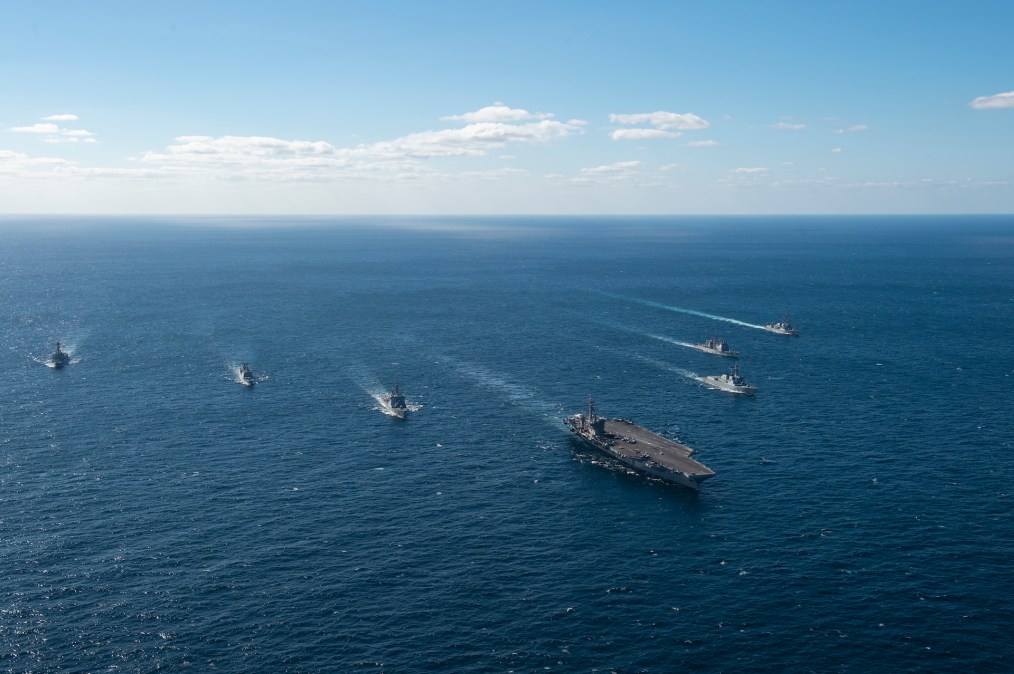JON HARPER

The Department of the Navy’s “core funding” request for its secretive networking effort known as Project Overmatch is $139.8 million for fiscal 2025 and $716.7 million across the five-year spending plan that’s part of the future years defense program (FYDP), according to the service.
The initiative is the Navy’s contribution to the Pentagon’s Combined Joint All-Domain Command and Control (CJADC2) effort to better connect the U.S. military’s sensors, shooters, platforms and personnel across the services and with key allies. Service leaders have described it as the bedrock for the joint tactical network of the future.
“Through Project Overmatch, we’re building a software-defined network solution and modern software pipelines to provide as many pathways as is possible to connect and share information. This initiative is an effort to transmit any data over any network and is the connective tissue between today’s fleet and tomorrow’s emerging hybrid fleet” of manned and unmanned systems, Chief of Naval Operations Adm. Lisa Franchetti said last month at the WEST conference.
The Navy spent $226 million on Overmatch in fiscal 2023 and it requested $192 million for it in 2024. At press time, Congress hasn’t passed a full-year defense appropriation for fiscal 2024 and the Pentagon has been operating under a continuing resolution since October.
The sea services aim to keep the money flowing to Overmatch in fiscal 2025 and beyond.
“I just had a great discussion with [Rear Adm.] Doug Small and his team … that run that,” Rear Adm. Ben Reynolds, deputy assistant secretary of the Navy for budget, told DefenseScoop during a meeting with reporters to preview the 2025 budget request. “This [funding] is for software development for capabilities and some hardware that goes on our ships. It goes into our numbered fleets and then provides them the capability to operate distributed. Also ties in with our Marines in the littorals, and then … allows these fleets to tie into the joint force.”
Small, the commander of Naval Information Warfare Systems Command, noted at the WEST conference that the service has been making significant progress with Overmatch, including using it to deliver over-the-air software updates to ships.
“We did demos years ago where we were able to show them certainly it’s possible. But in terms of doing it as a matter of course, that’s come in the last probably a year-and-a-half or so,” he said. “We made tremendous headway. The ability to deliver updates, software over the air — you can imagine the amount of change that had to go on from the entire value chain and how you deliver capability. There’s been a lot of really good work on that. Still more to go.”
Carrier Strike Group 1 and its flagship, the USS Carl Vinson, were equipped with Overmatch capabilities last year in the Pacific to serve as a test bed. The tech is being rolled out to Carrier Strike Group 4 and Carrier Strike Group 15, and the aim is to continue scaling it across the Navy.
No comments:
Post a Comment